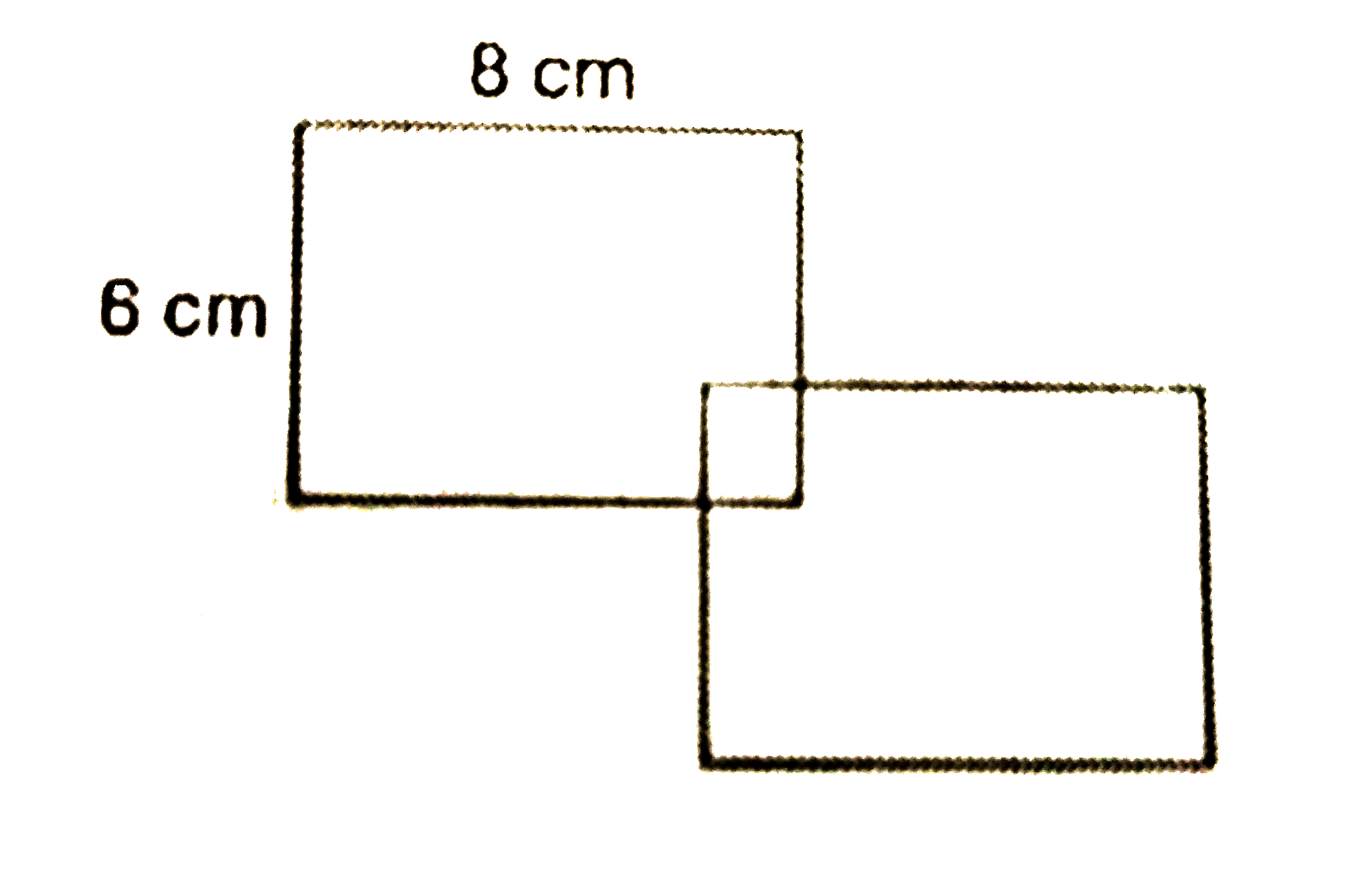When two ecosystem overlap each other , the overlapped area is called :
Habitat
Niche
Ecotone
Ecotype
The correct Answer is:C
Step-by-Step Solution:
1. Understanding Ecosystems: Begin by defining what an ecosystem is. An ecosystem consists of living organisms (plants, animals, microorganisms) interacting with their physical environment (soil, water, air).
2. Identifying Overlap: When two ecosystems overlap, they share a common area where both ecosystems interact. This is crucial to understanding the relationship between the two ecosystems.
3. Defining Key Terms:
- Habitat: This refers to the specific environment in which an organism lives. It is the "home" for organisms.
- Niche: This describes the role or function of an organism within its habitat, including its interactions with other organisms and its environment.
- Ecotype: This term refers to a population or subspecies that is adapted to specific local environmental conditions.
4. Introducing the Correct Term: The correct term for the area where two ecosystems overlap is Ecotone. An ecotone is a transitional zone between two different ecological communities or ecosystems.
5. Characteristics of Ecotones: Ecotones often have unique species and higher biodiversity compared to the adjacent ecosystems. They can serve as boundaries or transition areas where the characteristics of both ecosystems are present.
6. Conclusion: Therefore, when two ecosystems overlap, the area is called an Ecotone.
---
- Habitat: This refers to the specific environment in which an organism lives. It is the "home" for organisms.
- Niche: This describes the role or function of an organism within its habitat, including its interactions with other organisms and its environment.
- Ecotype: This term refers to a population or subspecies that is adapted to specific local environmental conditions.
Topper's Solved these Questions
- BOOK - MODERN PUBLICATIONCHAPTER - ECOSYSTEM EXERCISE - COMPETITION FILE (OBJECTIVE TYPE QUESTIONS)(B. MATCHING TYPE QUESTIONS: )6videos
ECOSYSTEM
- BOOK - MODERN PUBLICATIONCHAPTER - ECOSYSTEM EXERCISE - COMPETITION FILE (OBJECTIVE TYPE QUESTIONS)(C. ASSERTION - REASON TYPE QUESTIONS: )14videos
ECOSYSTEM
- BOOK - MODERN PUBLICATIONCHAPTER - ECOSYSTEM EXERCISE - REVISION EXERCISES (VI. LONG ANSWER TYPE QUESTIONS)(B. QUESTIONS FROM CBSE EXAMINATIONS)12videos
ECOSYSTEM
- BOOK - MODERN PUBLICATIONCHAPTER - BIOTECHNOLOGY AND ITS APPLICATIONSEXERCISE - CHAPTER PRACTICE TEST (SECTION - E)2videos
BIOTECHNOLOGY AND ITS APPLICATIONS
- BOOK - MODERN PUBLICATIONCHAPTER - EVOLUTIONEXERCISE - CHAPTER PRACTICE TEST (SECTION-D)(CASE-BASED SHORT ANWER )(THREE MARK EACH)2videos
EVOLUTION
Similar Questions
Two identical rectangles of dimensions 8cm×6cm are overlapping as shown in the figure . The overlapped part is a square of side 2 cm. Find the area of the given figure.
 View Solution
View SolutionWhen atomic orbitals overlap head-on , the bond formed is ……….. Whereas when they overlap laterally , the bond formed is ……….
View Solution
Knowledge Check
- Question 1 - Select One
Area where two ecosystem overlap each other:
AnicheBecotoneCecotypeDedge line - Question 2 - Select One
If two different non-axial d-orbitals having 'xz' nodal plane form π-bond by overlapping each other, then internuclear axis will be :
AxByCzDThey don't form π-bond - Question 3 - Select One
If two different non-axial d-orbitals having 'xz' nodal plane form π-bond by overlapping each other, then internuclear axis will be :
AxByCzDThey don't form π-bond

